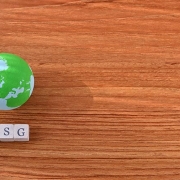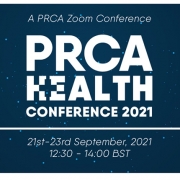This is a guest post from ADPR owner and MD Kate O’Sullivan.
As much as I hate to admit it, client relationships don’t always turn out the way we expect or hope. If you work in the service industry, the chances are you will have experienced ‘that client’. The one where no matter how hard you try, something always feels off kilter and you constantly find yourself on the back foot. If you haven’t come across them yet, I’m sorry to say that you almost certainly will at some point.
Clients are critical to many businesses, and any decent service provider will endeavour to go above and beyond to keep them happy. Equally, it takes a lot of trust (and expense) for a client to allow an outsourced provider into their business. So, if it’s safe to assume that both the client and the service provider anticipate a successful relationship, why does it sometimes go wrong, and can anything be done about it?
One thing we can all agree on is that when a relationship fails it’s a horrible feeling and prevention will always be better than cure.
Rather than entering into a game of blame, let’s consider some of the common frustrations on both sides of the relationship, and whether a slightly different approach and a deeper level of empathy could result in ‘that client’ becoming a dream client.
That Client: The one who always lands something on you with an urgent deadline.
Your perspective:
You’ve started the week with an orderly task list and before you know it a client has asked you to complete a ‘quick’ unplanned task for them that is needed urgently. You know that you have deadlines to meet for other clients, you know that very few jobs are actually quick, and you also know the urgent deadline probably isn’t a matter of life and death.
You want the best for your client, so you juggle things around and work late to ensure you can complete the task without letting any other clients down. You finish work feeling tired and grumpy, and don’t feel that you’ve been given the time to do the task justice. You’re more than happy to put in the extra graft now and again, but when it becomes a habit it’s hard to avoid feeling frustrated.
Client’s perspective:
You’ve started the week with an orderly task list and before you know it your boss has asked you to complete an unexpected task for them. You’ve recently brought on-board a skilled provider to help you with such tasks, and really need their help if you’re going to get everything else on your list done, without letting anyone down.
You know it isn’t ideal, but the agency never seem to mind and always have time to help. In-fact, they’ve actively encouraged you to reach out if you need them. You’re actually under pressure to prove their weight in gold to your boss, so this is the perfect way for them to support you right now.
That Client: The one who ghosts you.
Your perspective:
You haven’t heard from a client for a while. A nagging feeling that something isn’t quite right starts to set in, and you start to imagine what you’ve done to upset them! You know they’re busy but you really need to speak to them in order to get the agreed work done. You’ve tried everything and there’s only so many ways to send gentle reminders without seeming like a) a complete nag b) desperate or c) a stalker.
You don’t know what else to do but you keep trying, because you really want to get good results for them.
Client perspective:
Your agency won’t stop hounding you! You have a huge task list and you have to prioritise. You have received a lot of emails from them and each one seems to be asking for something different.
You brought in an agency to help with your workload. They’re costing a lot of money and you don’t understand why they can’t be more self-sufficient. You do want to communicate, but surely there’s an easier way? The way they’re going about it at the moment isn’t helpful and you really don’t appreciate being nagged.
That Client: The one who likes to tell you how to do your job.
Your perspective:
There is nothing worse than being micromanaged! You’re an expert in your field and you know what you’re doing. Instead of placing value on the work you’re producing, the client does nothing but question or make changes to everything you do. Nothing is getting signed off in time and all of the amends are starting to knock your confidence. The situation is preventing you from achieving results and you are wasting precious time and budget making unnecessary changes. You can sense your client’s dissatisfaction, but you know you’re right and they don’t seem to listen!
Client perspective:
You had great hopes for your agency and want to be wowed by them, but you don’t really like the work they’re producing. They keep explaining why they’ve done something in a certain way, but it’s not the way you would do it, and they don’t know your business the way you do! You don’t have time to be ‘correcting’ their work and are rapidly losing your patience as well as your trust in their ability to deliver.
Good communication is always the solution!
Whether you sit on the side of the client or the service provider, you’ve probably encountered at least one of the above scenarios. It probably comes as no surprise that establishing good communication and clear boundaries from the outset will always be the best way to prevent problems further down the line.
In reality, new relationships are often seen through rose-tinted glasses and this step often gets overlooked among the excitement of winning a shiny new client.
Learn from experience and invest some time thinking about the reasons why previous relationships have come to an end and how they could have been prevented from the outset. Make a conscious effort to pre-empt all eventualities by discussing them with your client in advance.
For example, the above scenarios could have been avoided by the following:
Let your client know that you understand that last minute things happen and you will always try to help. But if they want to be certain of your assistance they need to try and give you adequate notice to do the job (and be sure to spell out what you deem to be adequate!). Of course, if something really is a matter of life or death – drop everything and help!
Ask your client how they like to be communicated with and how often. Make them aware that you will need their input and let them know what they can expect and what is required from them. Agree a communication process and always encourage them to give you more than one point of contact to go to when urgent information is requested.
Make sure your client is fully aware of your expertise and always explain the rationale behind the decisions you make and the approach you’re taking with your work. Encourage them to focus on the outcomes rather than the outputs and make it clear that they are hiring experts, not yes men.
If your gut is telling you that something isn’t right in the relationship, don’t bury your head in the sand, instead address the situation. Uncomfortable conversations are never easy, but it will always be better than crossing your fingers and praying for change! Most clients will respect your integrity and will welcome the opportunity to discuss the issue with you before it escalates further.
Remember that you never need to accept outright rudeness or abuse from your client. We are all human and all have a right to demand a basic level of respect from others. Sometimes the chemistry just isn’t right and when this happens it is better to face the situation, draw a line under the experience, hold your head high and move on.
The reality is that once a client relationship turns sour it can be difficult to recover, but it isn’t impossible. The key thing to keep in mind is that everyone will have entered into the relationship with the right intention, and nine times out of ten a negative situation can be resolved through good communication and compassion for others.
For keeping track of your client and stakeholder communications, check out Vuelio’s Stakeholder Management solutions.




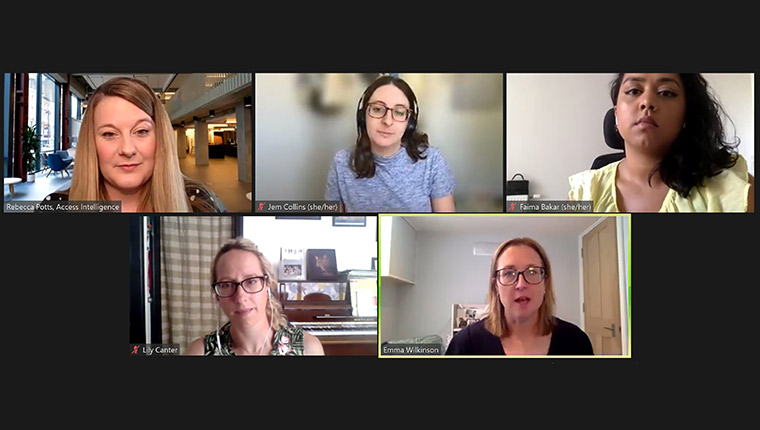
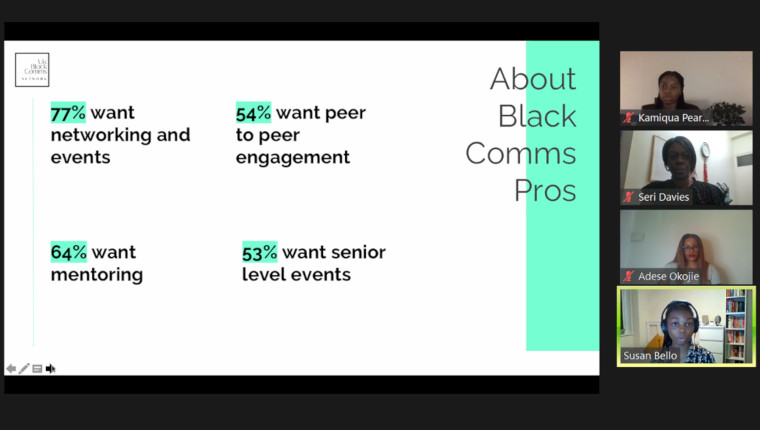

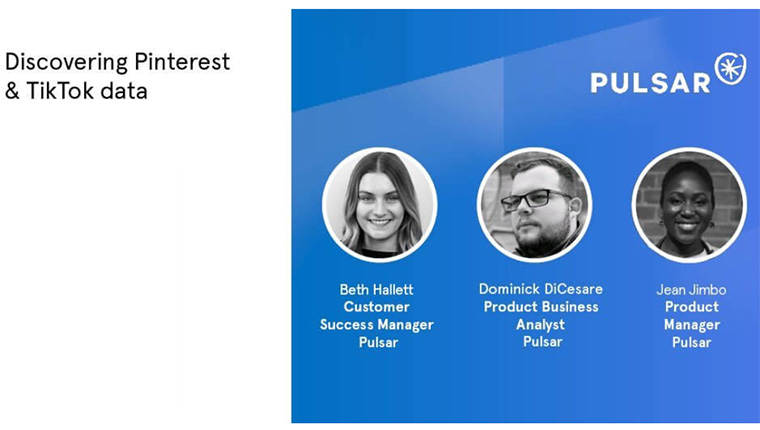
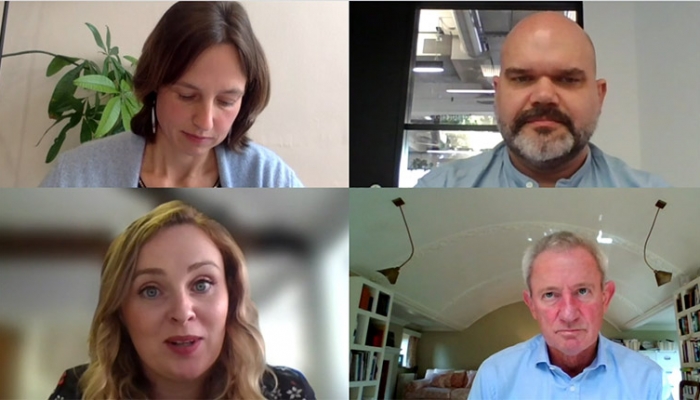
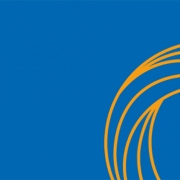
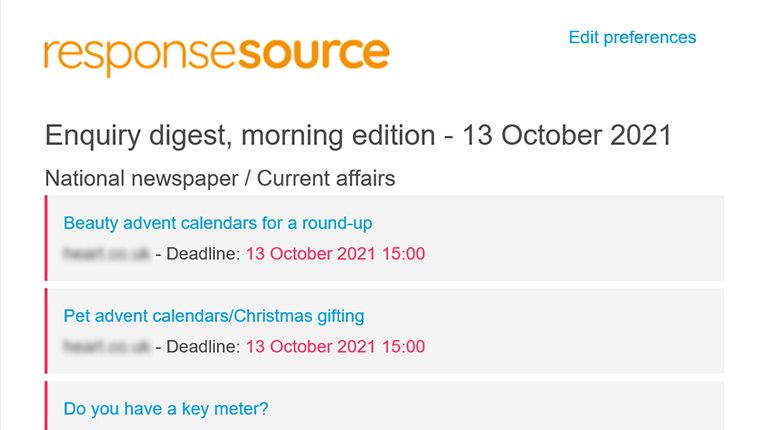
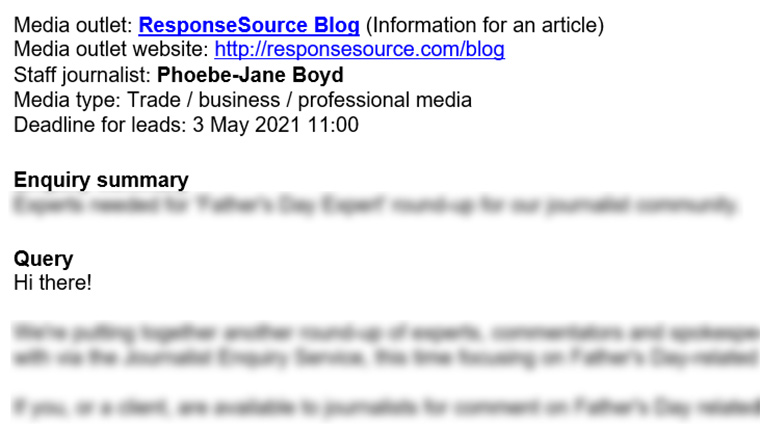
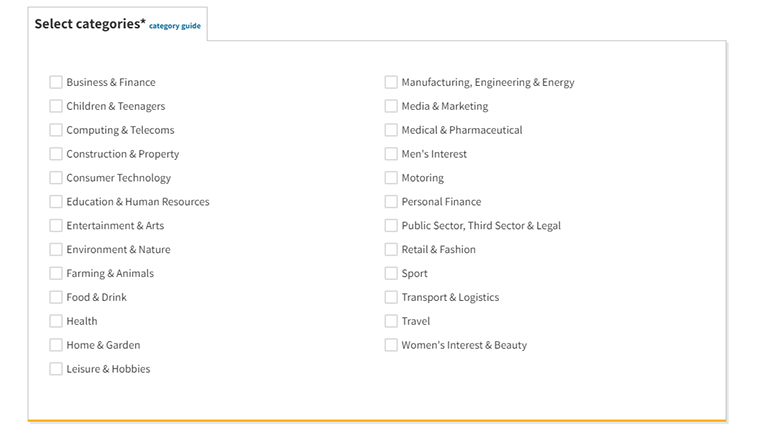

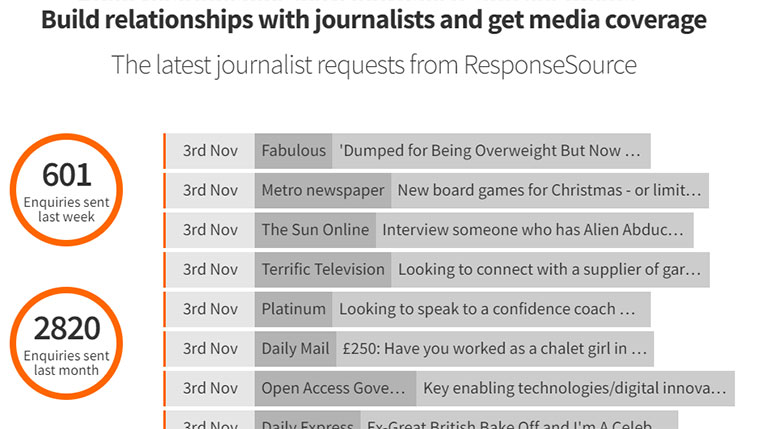

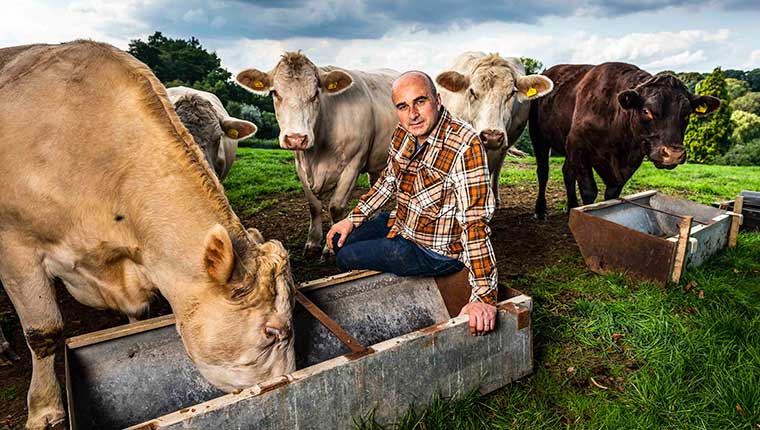
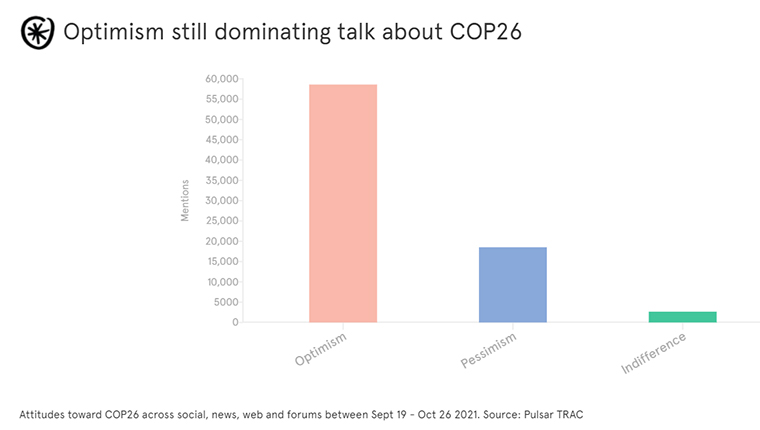







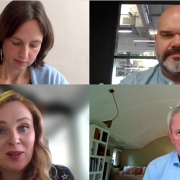

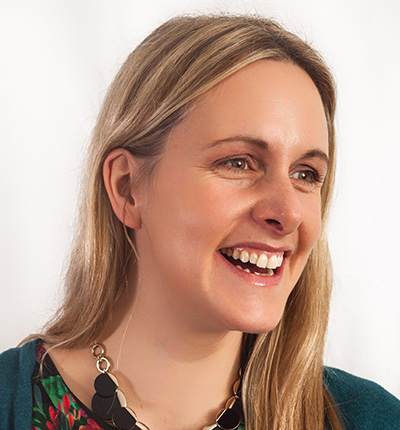 Writing this article made me realise we’re extremely lucky that we genuinely don’t have any clients that I would describe as ‘difficult’. However, reflecting on the past few decades – working for London PR agencies and perhaps also, when I started my own agency
Writing this article made me realise we’re extremely lucky that we genuinely don’t have any clients that I would describe as ‘difficult’. However, reflecting on the past few decades – working for London PR agencies and perhaps also, when I started my own agency 
